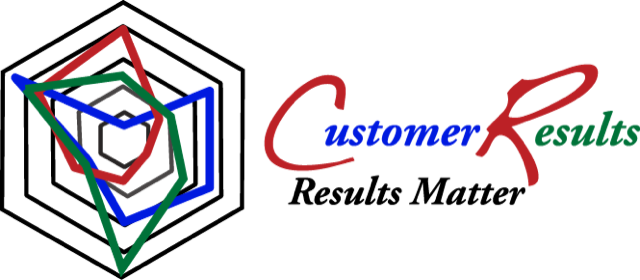Consultants love to make digital transformation seems complex. However it doesn’t have to be ..
Answer these 7 simple questions and results will flow
- Your Target? Who is it you are focused on? This may be a customer segment, an employee group, a business partner community or multiple of these together. What is the nature of your relationship with them? In what context? Is it a group of different targets that need to be linked together? Lots of techniques exist to help with this including persona modelling and behavioral and stimulus / response modelling?
- Their Activities? What is your target’s “activity model”, before, during and after they need you, from awareness to exploration to interaction to post-interaction?
Journey maps are a great technique to explore and document this? - Targeted What’s? What are their needs, practical and emotional? What can you do to help your target’s journey? In the ‘journey mapping’ world these are often referred to as “actionable events” or “moments of truth” or “pain points”. Unmet needs may actually be met needs but which can be met better with new technologies and techniques or even a new provider with old or better technology. Increasingly in the digital world the unmet needs may actually involve groups of events or moments across a journey or linking together various groups of targets.
This is a great opportunity for some focus groups and Design Thinking sessions. - Who Are You? Specifically in the context at hand. Why would they pay attention to you versus competitive demands on their attention and offers to help? How are you making them aware of that? Even if you have the right solution there is no likelihood they will pay attention to you if they don’t see you as helpful.
Welcome to the world of brand identity and awareness elevation. - Digital How’s? How can digital technologies help you to help your target audience? think of 5 areas:
a) Digital Experiences across web, mobile, social, IOT and wearables, personalization and new augmented reality and virtual reality capabilities.
b) Digital Analytics to help you identify targets and target needs, understand them, reach them and deliver better actions to help and deliver better outcomes for you
c) Digital Integration – how can better integration of your digital capabilities into legacy technologies help, how can the exciting new world of digital ecosystems enabled by API’s help
d) Digital Infrastructure – how does your infrastructure support your vision, how does cloud apply, what are the performance and security implications.
e) New Digital Operating Models (DOM’s) in your industry and other industries that you can use or emulate, think Blockchain, Cognitive Technologies and Roboadvisors, for example. - Action? What are you going to do about it, your action priorities, budgets, ROI models, resources and schedules. What prototypes can be built to explore your ideas? Is fail fast appropriate for this? Agile is better than slow and perfect.
- Measure, Repeat, Refine? What analytics and capabilities do you have to measure your assumptions, beliefs and outcomes? How are they changing? How are you going to revisit this regularly?
To (mis)quote Mark Twain “it aint what you know that will kill you , it aint what you don’t know, it’s what you know that aint so !”
More time sticking post-its on walls in groups and less time creating perfect PowerPoints will lead to better results.Design thinking, facilitated workshops and digital collaboration sessions are all great ways to do this.



Recent Comments